Fiber optic technology is still underutilized, even though it represents the cutting edge in connectivity. Seeking Alpha, a technology market news source, reported that only 11% of Internet connections use fiber optics. Cloud computing is one area of opportunity for fiber optic connectivity.
Because the cloud offers infrastructure services over the Internet, the level of performance provided depends on the quality of the internet connection. This connection needs to move data quickly and securely between the primary data center and the cloud. Companies looking for a cloud provider should choose one that offers fiber optic connectivity because fiber optics deliver cirtually unlimited speed, superior performance, and enhanced security.
The Need for Speed
To get the most out of the cloud, your business needs a fast, uninterrupted, well designed Internet connection. Data must travel from your main office to the cloud with minimal latency. Being able to synchronize your cloud data with your on-site data through a high-speed connection ensures that you can restore information efficiently after an outage.
Fiber optics move information at lightning speed by converting data into bursts of light. The light travels along glass fibers that are the width of a strand of human hair. Because the glass fibers are so thin, thousands of them can be packaged into a single cable, allowing for trillions of bytes of data to be transmitted per second.
A Disaster-Resistant Cloud Data Center
Hurricanes Harvey and Irma were a true test of the reliability of fiber optic connectivity for cloud. The Pittsburg Post-Gazette reported that cloud data centers in Miami and Houston stayed up and running during the hurricanes because of their fiber optic networks. Thanks to fiber optics, major organizations such as IBM, Yahoo, Morgan Stanley, and AT&T could operate during the storms.
Protective cladding around the optic fibers enables the light used to transmit information to travel safely over long distances. The light can bend and turn corners, allowing for uninterrupted connectivity. Unlike copper wire, fiber optics can better withstand severe weather, temperature changes, high humidity, and extreme pressure.
Keeping Cloud Data Safe and Sound
Data is vulnerable to being stolen or compromised while in transit between your business and the cloud. Copper wires make it easier for hackers to eavesdrop than fiber optic cables. Hacking into a fiber optic network is tricky and requires expensive equipment. To intercept data being transmitted through fiber optics, hackers need to physically cut the cable. (Source: FirstLight)


 Position :
Home>
News & Tutorial
>Products
Position :
Home>
News & Tutorial
>Products
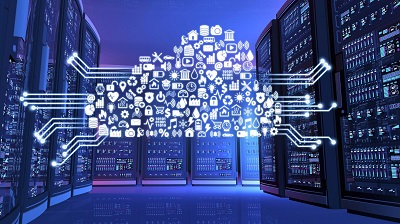
 Position :
Home
>Products
Position :
Home
>Products
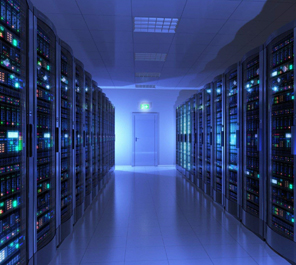
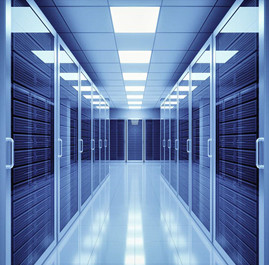
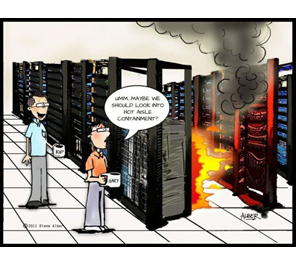
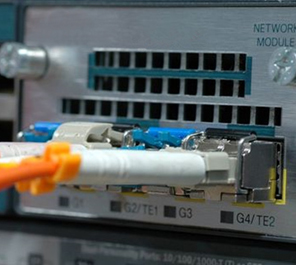
 ics@suntelecom.cn
ics@suntelecom.cn  +86 18964888554
+86 18964888554 Building No.145, Lane 666 Xianing Road, Jinshan Industrial Zone, Shanghai 201506, China
Building No.145, Lane 666 Xianing Road, Jinshan Industrial Zone, Shanghai 201506, China